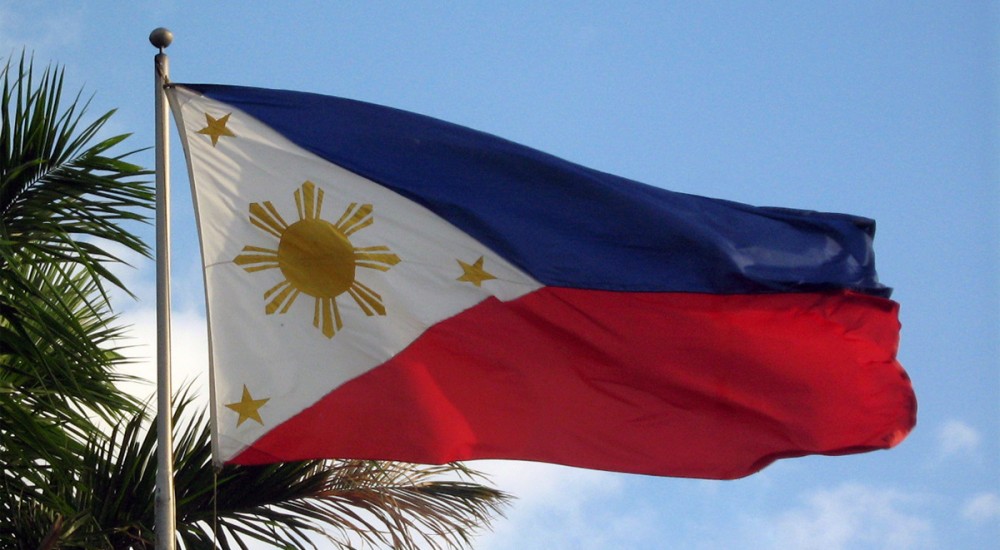The Philippines is no stranger to the impacts of global warming. From rising sea level to catastrophic events such as super typhoon Haiyan, the Philippines has been taking steps to adapt to this on going crisis. One method being a natural rainfall management which includes water impounding dams and evaporation. This would be and has been a significant help to the country as it has been predicted that they will experience an increase in precipitation. The Philippines has also developed the process of cropping pattern adjustment according to the onset of the rainy season and observed frequency of tropical cyclones. This would include but not be limited to: dissemination to farmers as well as timely provisions of far weather services/advisories, and early warning systems.
This photo is from: Here
One thing that I found interesting was that Asia has an Integrated Coastal Zone Management (ICZM) which provides an effective protection strategy to promote sustainable manage of coastal zones such as: fisheries, coral reefs, pollution, megacities, and individual coastal systems. One of them in the Batangas Bay of the Philippines which has been successfully applied for prevention and control. (IPCC)
This photo is from: Here
The Philippines ratified the Kyoto Protocol on November 20, 2003 and entered the force February 16, 2005. Being a non-annex 1 country, they were not required to reduce their anthropogenic emissions of global gasses. Although the Philippines did not have any responsibilities under the Kyoto Protocol, they still have taken steps in mitigating climate change.
In 1999, the Philippines developed the Philippines Energy Plan (PEP) that enforced: 1) Security of energy supply, which aims to avoid energy supply disruptions, 2) Affordable and reasonable prices which means ensuring energy supply at the lowest cost, and 3) Socially and environmentally compatible energy infrastructures and projects, which is the provision of cleaner energy. Along with the PEP there were 12 other energy programs, one of them being the Heat Rate Improvement of Power Plants (HRIP) which aimed at enhancing the operational efficiency of nearly 380 power plants. This was projected to result in energy savings of close to 4100 million barrels of fuel oil equivalent! (UNFCCC)
I personally believe that the Philippines should both mitigate and adapt to climate change. Although the country is not a huge contributor to the crisis it does not mean that they, and other countries should not make efforts to reduce climate change. And since it is apparent that climate change is a global issue I would strongly advise that the Philippines continue adapting so that it will be able to withstand to some degree the devastating events such as super typhoon Haiyan and other disasters to come in the future.






